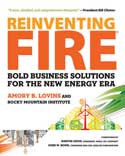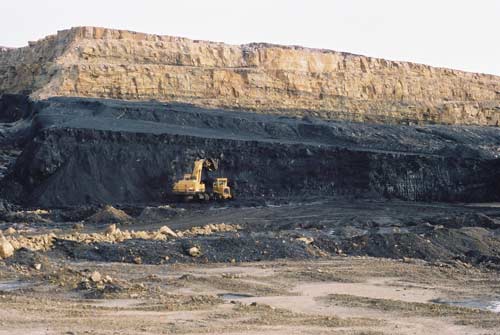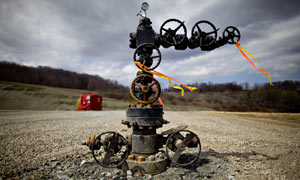 Is there movement already under way in the world of industry which will outstrip the painfully slow progress of the political world in facing up to the challenge of climate change? Amory Lovins certainly thinks so and his recent book, Reinventing Fire: Bold Business Solutions for the New Energy Era, explains why. Lovins is the co-founder, chairman and chief scientist of the Rocky Mountain Institute(RMI), a well-staffed non-profit organisation established thirty years ago and active in research and consultation on issues relating to energy and the efficient use of resources. The book is the product of some years of work by many RMI staff. It focuses the Institute’s current initiative to map and drive the transition from coal and oil to efficiency and renewables.
Is there movement already under way in the world of industry which will outstrip the painfully slow progress of the political world in facing up to the challenge of climate change? Amory Lovins certainly thinks so and his recent book, Reinventing Fire: Bold Business Solutions for the New Energy Era, explains why. Lovins is the co-founder, chairman and chief scientist of the Rocky Mountain Institute(RMI), a well-staffed non-profit organisation established thirty years ago and active in research and consultation on issues relating to energy and the efficient use of resources. The book is the product of some years of work by many RMI staff. It focuses the Institute’s current initiative to map and drive the transition from coal and oil to efficiency and renewables.
Can the US realistically stop using coal and oil by 2050? And can such a vast transition toward efficient use and renewable energy be led by business? The answer the book gives to both questions is yes, based on painstaking exploration of existing renewable technologies and an assessment that they are already competitive with fossil-fuel-based industry for those who have eyes to see. The book is directed to the business world. It presents the energy transition as a major shift for a civilisation which has benefited greatly from fossil fuels but must now move from the old fire dug from below to the new fire which flows from above and works without combustion (save for a small amount of sustainable biofuel). It is a time of exceptional business opportunity for those prepared to recognise it and take it. The costs of oil and coal are rising as the price of renewables keeps on dropping. “The curves are already crossing. The endgames of oil and coal have already begun.” Lovins reminds readers that inattentive whalers in the 19th century were astounded to find they had run out of whale-oil customers before they ran out of whales.

 I look back with some embarrassment on my enthusiastic posts when Barack Obama was in the early days of his presidency. I thought he was offering strong political leadership in addressing climate change. His words seemed unequivocal. Here he is
I look back with some embarrassment on my enthusiastic posts when Barack Obama was in the early days of his presidency. I thought he was offering strong political leadership in addressing climate change. His words seemed unequivocal. Here he is  The Institute of Professional Engineers New Zealand (
The Institute of Professional Engineers New Zealand ( No sooner had I finished reviewing
No sooner had I finished reviewing  My heart sinks when I read enthusiastic acclamations of natural gas as a substitute for coal. It releases less CO2 on combustion, we’re told. It is a good bridge to the time when renewable energy is sufficiently developed to take over. And latterly, with the development of fracking, that’s going to be a very long bridge. There are claims that if we can extract all the shale natural gas there’s enough to
My heart sinks when I read enthusiastic acclamations of natural gas as a substitute for coal. It releases less CO2 on combustion, we’re told. It is a good bridge to the time when renewable energy is sufficiently developed to take over. And latterly, with the development of fracking, that’s going to be a very long bridge. There are claims that if we can extract all the shale natural gas there’s enough to